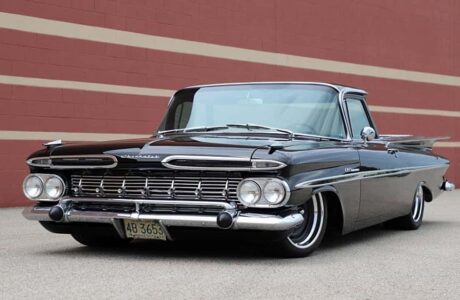How Chevy Paved the Way with the El Camino

Like every other industry, the automotive industry stirs competition, and with it innovation…along with one-upmanship and taking an idea to the next level. A lot of all that led to the Chevrolet El Camino, which debuted in 1959.
But how the El Camino came about is an interesting tale, filled with some pretty exciting twists and turns. It wasn’t the first pickup-in-a-car in America—and that’s not because the Ford Ranchero edged it out by two years…with an idea inspired by—who else—Chevy!
Chevrolet shows “the way.” The 1959 El Camino.

It was 1959 when Chevrolet introduced what was called a coupé utility (a term Ford coined in 1957) and named it the El Camino, which translated means “the way” or the road/journey.
Unlike the truck-based Cameo Carrier, the El Camino was based on the Chevy Brookwood station wagon, which had a 119-inch wheelbase. However, the exterior trim was borrowed from the classy Bel Air sedan, and was the first to use a steel bed floor, ditching wood material and using a corrugated sheet-metal insert instead.
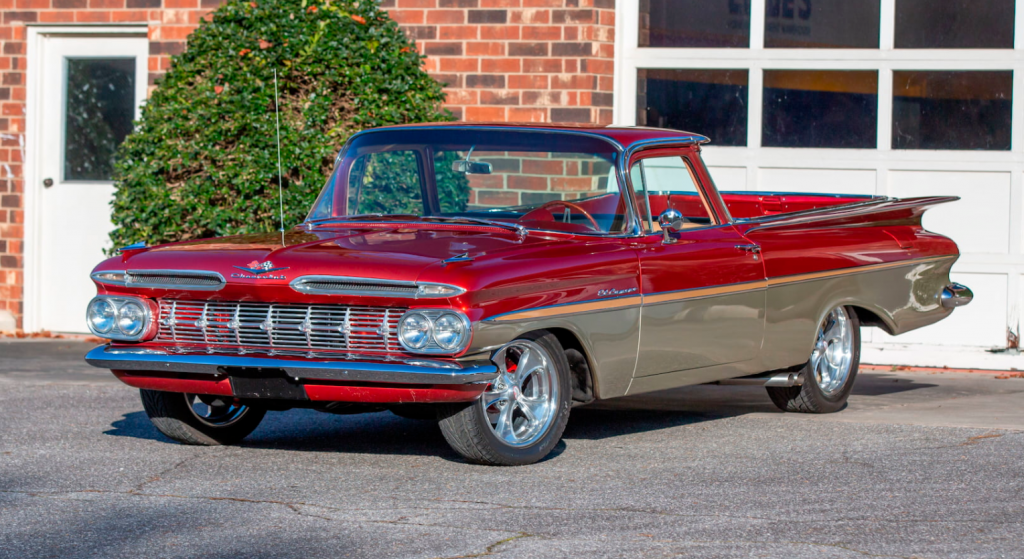
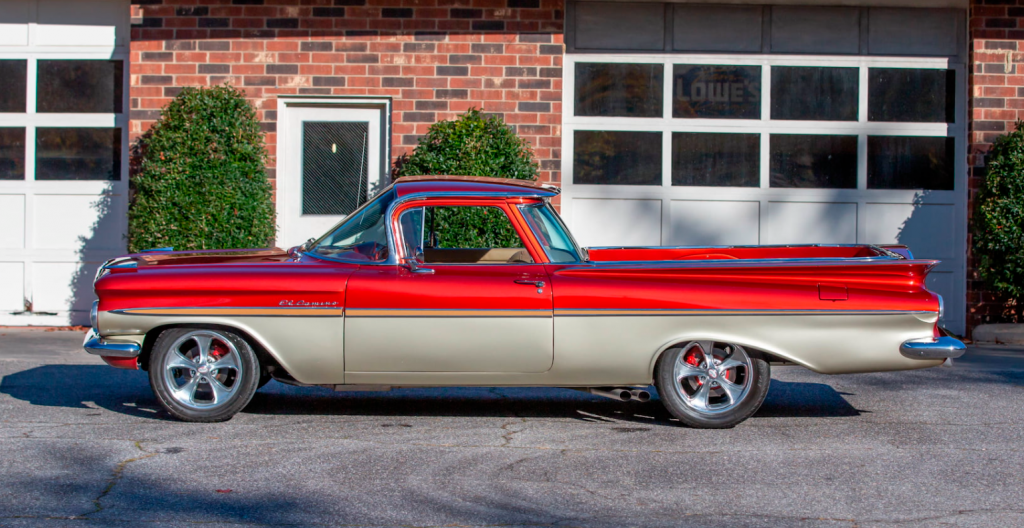

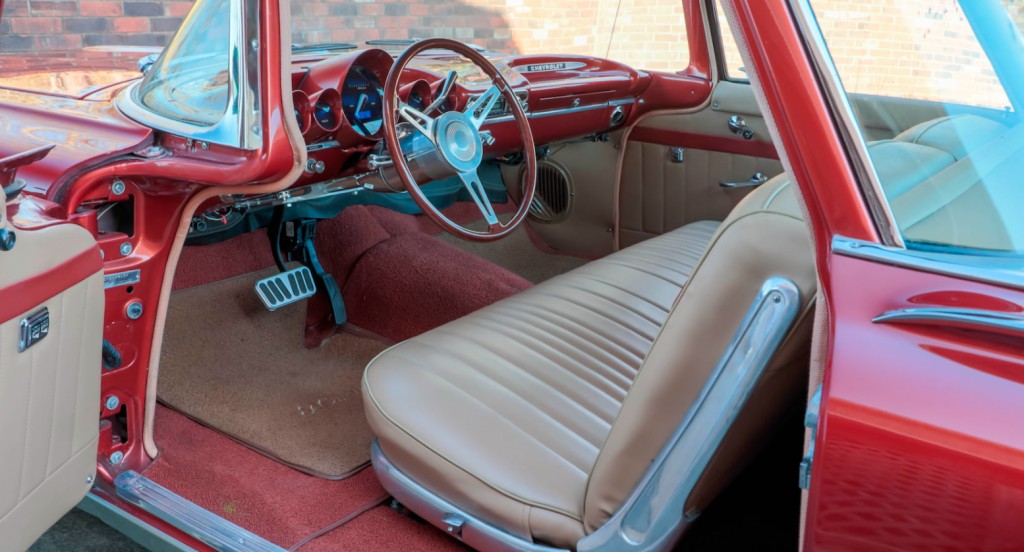
The standard engine was a 135-hp, 235-cu.-in. inline 6-cylinder, with a 3-speed manual transmission. But there were engine upgrade options, starting with two V8 engines: One offered 170 horsepower (improved to 230 in 1960), with 283 cubic inches and fuel injection; the second V8 option was up to 355 horsepower, with 348 cubic inches and three carburetors. Automatic transmissions were also available—either the Powerglide (a 2-speed automatic) or the Turboglide (a continuously variable automatic).
It was long and low and eye-catching. No one had ever seen a pickup truck with a very non-pickup-like stylized front and rear end. The front of the El Camino featured “eyebrows” over dual headlamps. The rear had those bat-like/gull-like wings, whichever animal you prefer to use.
The 1960 El Camino
The similar but less flamboyant 1960 model started at $2,366 for the 6-cylinder model, plus another $107 if you wanted a V8 with the two-barrel 283. The front and rear-end styling continued to mirror the changes of the Bel Air.

The front of the Bel Air–influenced El Camino was modified slightly for year two. There was a grille with “floating” headlamps—and the eyebrows had been “shaved off.” But looks aren’t everything, as Chevy car-buying families were proving.
Whereas the Chevy Bel Air (the car) produced 447,000 units in 1959, the Bel Air–looking El Camino sold 22,000 units that same year.
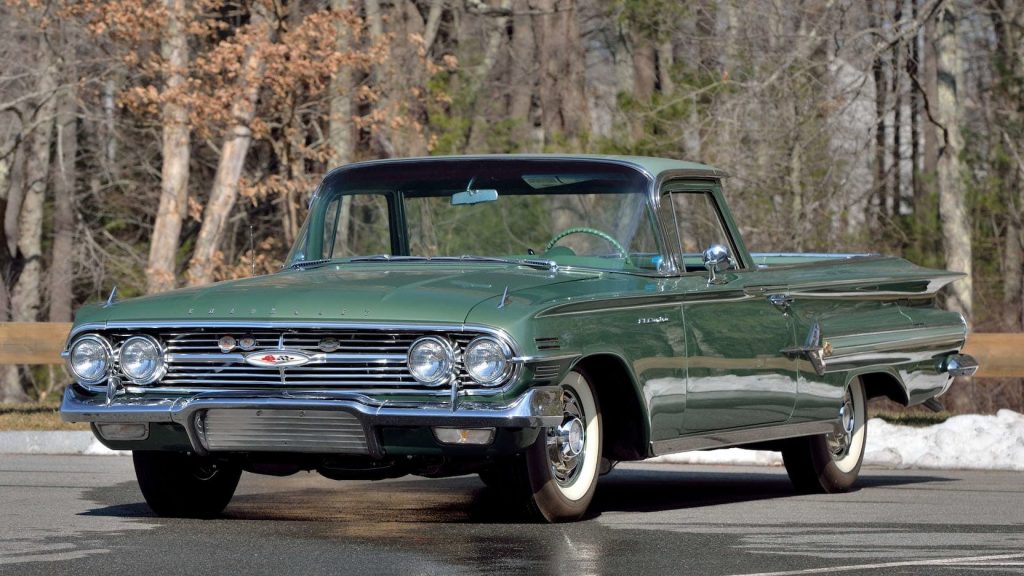
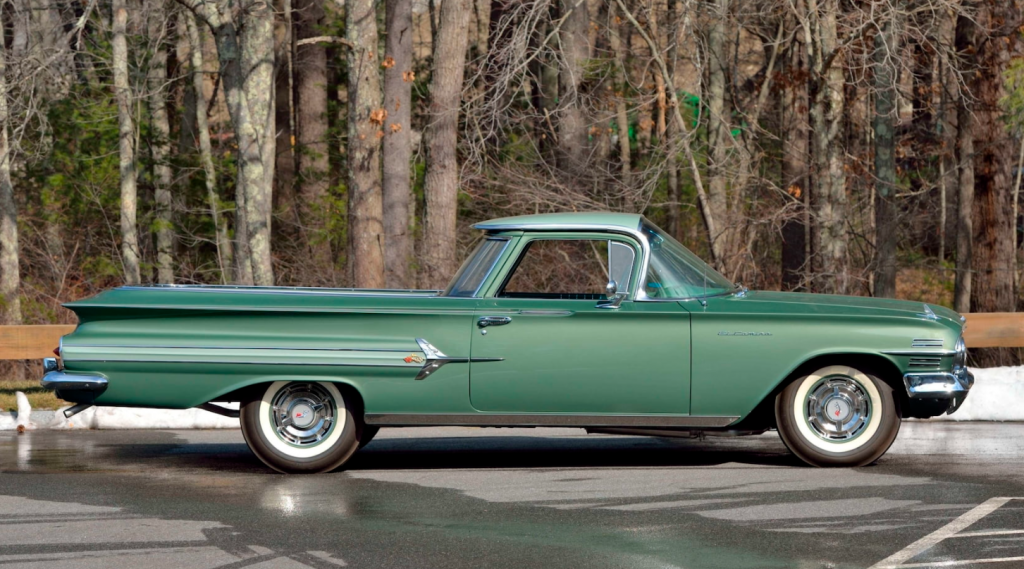
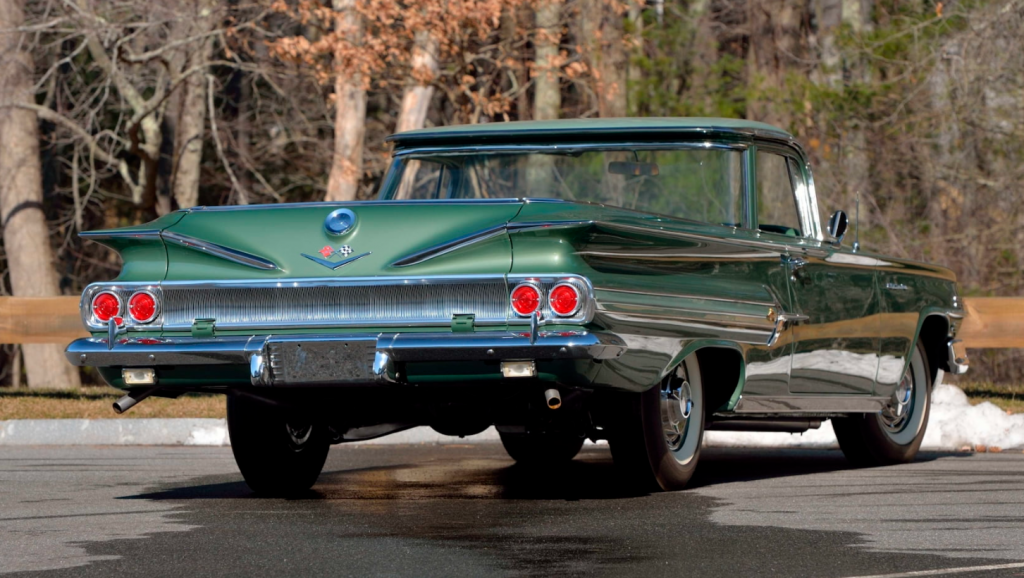

In 1960, only 14,163 El Caminos were sold, and Chevy decided to halt El Camino production. It would make a comeback in 1964.
In a way, it suffered the same fate as its little-known relative.
Before the El Camino—the Cameo Carrier.
When 1955 came around, Chevrolet did something new and special. They rolled out a specially designed and fancied-up one of their pickup trucks to add style and comfort. It was called the Camino Carrier. It was stylish inside and out and turned heads—yet it was, in the end, a well-designed version of the Chevy Task Force generation of pickup trucks.


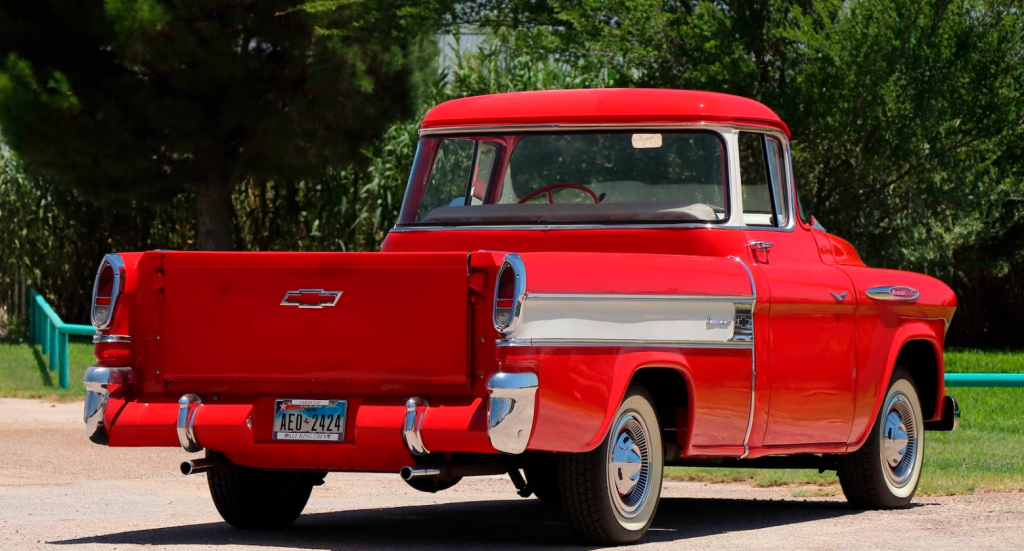
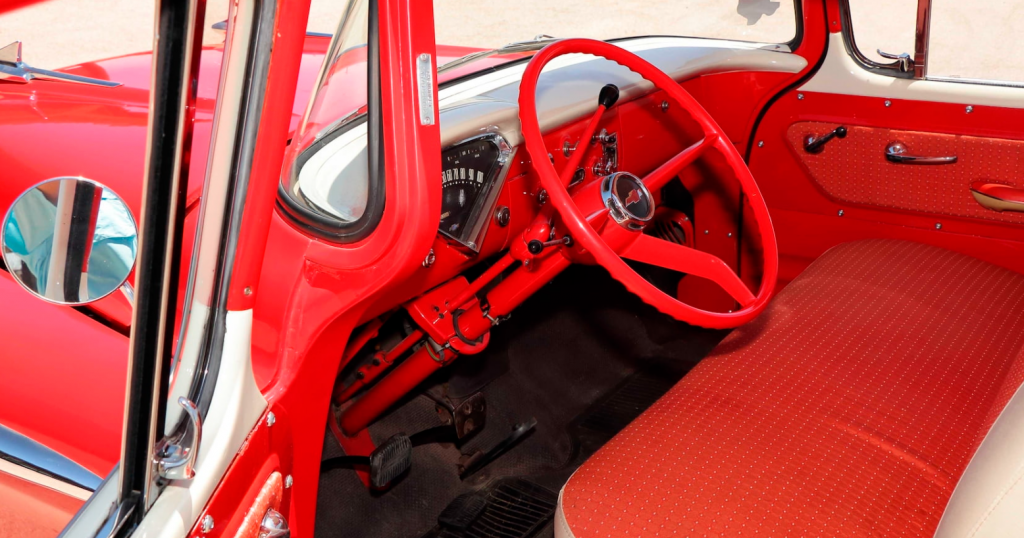
In the U.S., pickup trucks were, well, “trucks,” meant to be sturdy enough to handle whatever tough task there was. The Cameo Carrier sold 10,000 units its first year. Sales slowed after that, as the competition rolled out their own pickups. In production for three years, the Camino Carrier, which never made a comeback, did inspire one vehicle maker to rethink the pickup concept…
Ford gets in the act: the Ranchero.

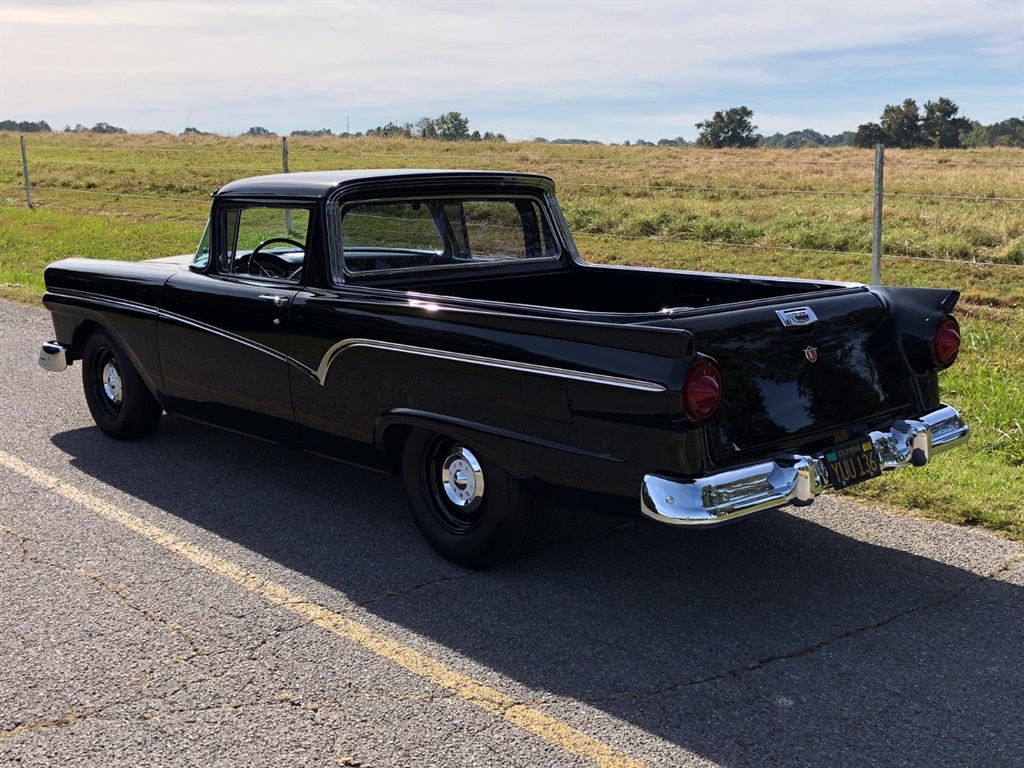
During that time, 1957 to be precise, Ford rolled out a new vehicle they called a coupé utility, named the Ranchero. Interestingly, Ford had created a utility coupe in Australia in the mid-1930s—a hybrid car-truck that was nice enough for driving to church but handy enough to carry farm animals and do other rural chores. The Australians called that kind of car a “ute” (yoot)—short for utility.

The ute concept hadn’t made any ripples with the big USA carmakers. But when Ford saw the Cameo Carrier and the initial buzz it caused, they saw an opportunity. So, Ford brought the ute concept to American car buyers with the Ranchero, and they put the emphasis on the car.
The Ranchero was more car than truck (the reverse of the Cameo Carrier) and gave buyers the usefulness of a light pickup truck with the comforts (and familiarity) of an everyday driving car. In the 1950s, how many car drivers had even thought of buying a pickup before!
With the Ranchero on the loose and in driveways, not just at construction sites and farms, Chevy knew it had to respond with something dramatic of its own. So in 1959 (one year after the Cameo Carrier was discontinued), the El Camino made its debut.
But as you’ve already read, that first generation lasted only two years due to poor sales. But…Chevy wasn’t quite done with it yet.
The El Camino’s comeback, 1964.
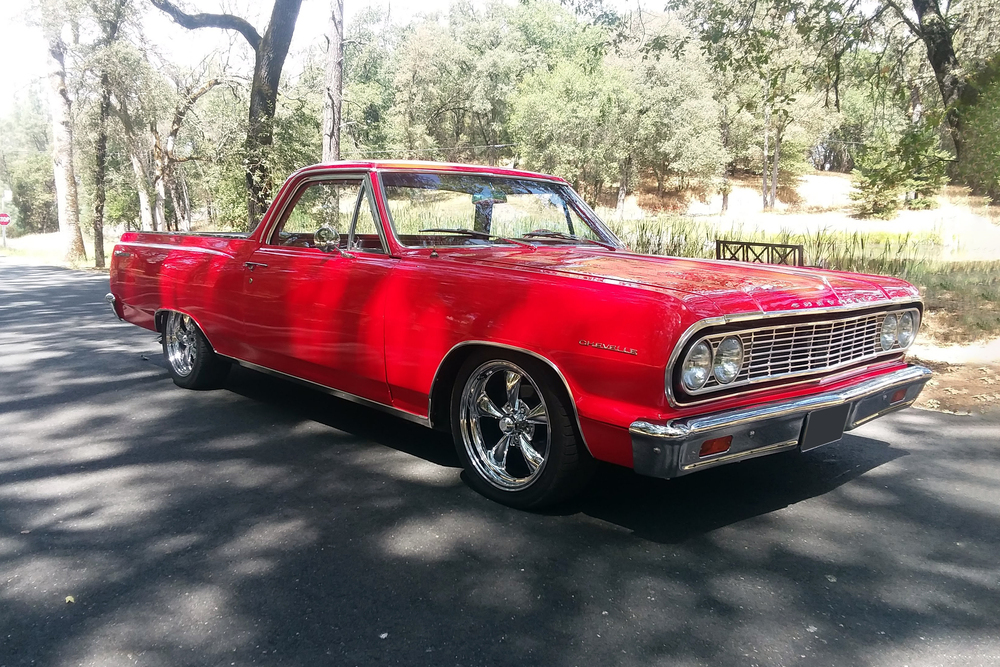

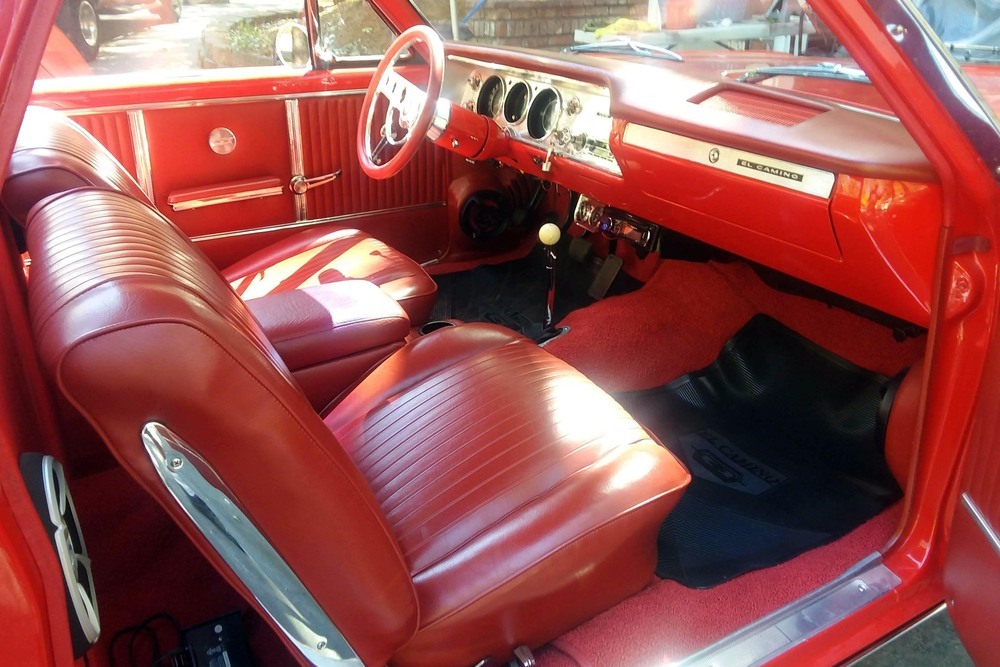
Chevrolet introduced an all-new midsize El Camino in 1964 based on the Chevrolet Chevelle, which debuted that same year, and it was built on an A-body platform. The new El Camino was part of the Chevelle lineup and similar to the Chevelle two-door wagon.
The rebirthed El Camino had “Chevelle” and “El Camino” badges, and Chevrolet marketed it primarily as a utility vehicle.
The second generation lasted from 1964–67, and there would be a total of five generations, with the last El Camino debuting and disappearing in 1987.
Resources: Youtube.com (1959 elcamino); https://www.hotcars.com/chevy-el-camino-facts/
“Chevrolet Trucks” 100 Years in the Building”; Larry Edsall; 2017 Quarto Publishing;
https://www.hagerty.com/chevy-cameo-carrier; enwikipedia.org/chevyelcamino; google SERP: brookwood station wagon



